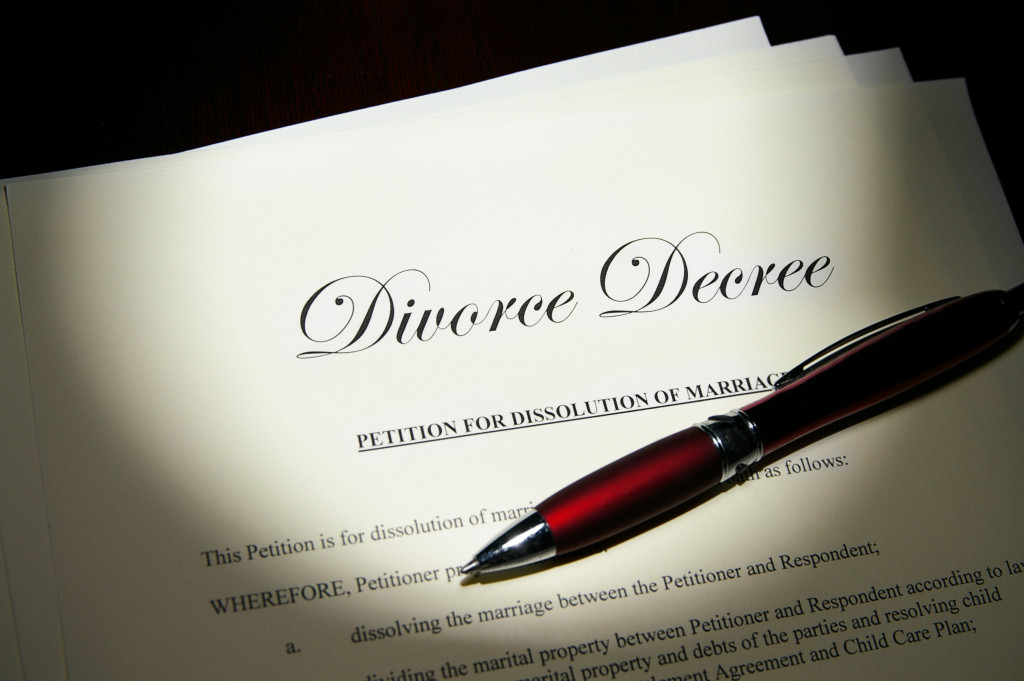- Recognizing abuse is the first step towards escaping an abusive marriage and creating a safety plan.
- Professional help, including therapists, counselors, and legal professionals, is crucial in the escape process.
- Critical steps in moving forward post-abuse include developing a positive mindset and nurturing physical health.
- Self-care, pursuing personal interests, and seeking ongoing support are essential for healing and growth.
People often become entangled in abusive marriages due to a complex interplay of love, fear, manipulation, and societal pressure. The abusive behavior often does not surface until after the wedding, catching the victim off-guard.
Moreover, abusers often manipulate their victims into believing they are to blame, creating a sense of guilt and shame that can hinder escape. One in three women and one in four men in the United States have experienced physical violence by an intimate partner.
Furthermore, The Centers for Disease Control and Prevention reports that nearly half of all women and men in the U.S. have experienced psychological aggression by an intimate partner in their lifetime. These alarming statistics underscore the pervasiveness of this issue, shedding light on the urgent need for prevention and intervention strategies.
Finding a way out of an abusive marriage will be necessary, but you might not know what to do. Here are a few steps to consider:
Create a Safety Plan

Leaving an abusive marriage is often a meaningful challenge due mainly to the complex psychology of abuse. Abusers frequently employ manipulation and control tactics, wielding fear, guilt, and shame as weapons to prevent their victims from leaving. The victim may also fear heightened violence if the abuser suspects they are attempting to escape. Additionally, practical concerns such as finances, children, and housing can add to the situation’s complexity, making the extraction process seem impossible.
However, with careful planning and support, escape is possible. Here’s a step-by-step safety plan to consider:
Recognize the Abuse
Acknowledge the reality of your situation. Abuse is not just physical. It can also be emotional, verbal, or financial. Recognizing that you’re in an abusive relationship is the first step toward getting out.
Think of Your Children
Some people struggle to leave an abusive marriage for fear of how the children will fare. Consider your options to ensure their safety and well-being.
Reach Out for Support
Abuse victims often find comfort in talking with someone they trust. Talk to a friend, family member, or professional counselor about your situation and possible exit strategies. Be sure to tell them of any potential risks.
Have a Backup Plan
Find a safe place to stay in the event of an emergency. If you have children, make arrangements so they can go to another home until it’s safe for them to return. Talk with trusted family and friends about any financial resources they can provide.
Consider Professional Help

Seeking professional help is critical when planning to escape an abusive marriage. Professionals trained in domestic abuse situations can provide the necessary resources, emotional support, and practical guidance throughout your transition. Their unbiased and informed perspectives can be invaluable during such a challenging time.
Therapists and counselors can be beneficial, providing a safe environment to express your feelings and fears. They can help you process your experiences, rebuild your self-esteem, and develop coping mechanisms for anxiety and fear. In addition, they can assist you in formulating a clear, step-by-step plan for your departure, considering your unique circumstances, concerns, and needs.
Legal professionals, such as lawyers and advocates, can help you navigate the often overwhelming legal processes of leaving an abusive marriage. They can guide you through the steps necessary to apply for a restraining order, if needed, or handle child custody issues. Process server services might be required when planning a divorce, especially when your partner is unwilling to sign the necessary papers. Professional legal help can be invaluable in this process.
Move Forward with Life
Moving forward is crucial to healing and growth after escaping an abusive marriage. It’s about taking control of your life, asserting your independence, and rebuilding your self-esteem. It is a challenging journey, but it is, without a doubt, a journey worth embarking on.
Here are a few tips to help you move forward:
Develop a Positive Mindset
Maintaining a positive mindset can be incredibly powerful, helping you navigate the ups and downs of your journey. Understand that healing is a process, and it’s okay to have bad days. Always remember that better days are ahead.
Pursue Your Interests
Reconnect with hobbies or activities you enjoyed before the abuse. Pursuing your interests can provide you with a sense of accomplishment and joy. It’s also an excellent way to meet new people and build a supportive community around you.
Nurture Your Physical Health
Physical health is connected to mental well-being. Regular exercise, a healthy diet, and sufficient sleep can significantly affect mood and energy levels.
Seek Ongoing Support
Keep communicating with trusted friends, family members, support groups, or therapists. They can provide emotional support, practical advice, and reminders of your strength and courage.
Practice Self-Care
Self-care is vital during this time. This might involve physical exercise, meditation, reading, or anything else that helps you relax and nourishes your soul.
Remember, moving forward doesn’t mean forgetting; it means making peace with what has happened and using your experience as a stepping stone toward a more fulfilling life. It’s about discovering your worth, strength, and ability to make positive changes in your life.
Final Thoughts
Escaping an abusive marriage is often a difficult and overwhelming challenge. However, it is possible to exit safely and move toward a brighter future with careful planning, support, and professional assistance. Remember that you are not alone in this journey; many resources are available to help you. Know that you have the strength to break free from them and create a more fulfilling life.

